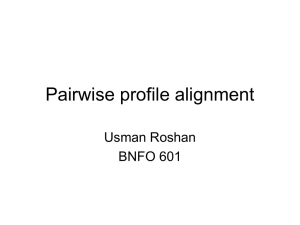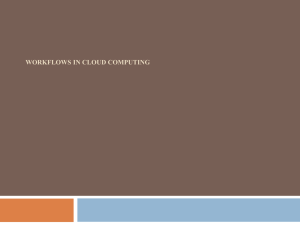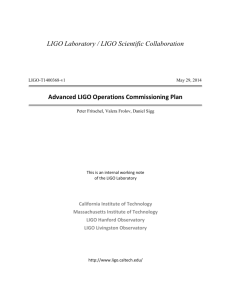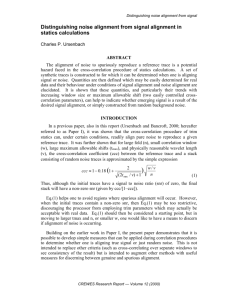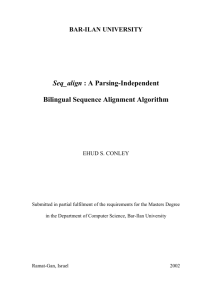Bolgert_Intro
advertisement
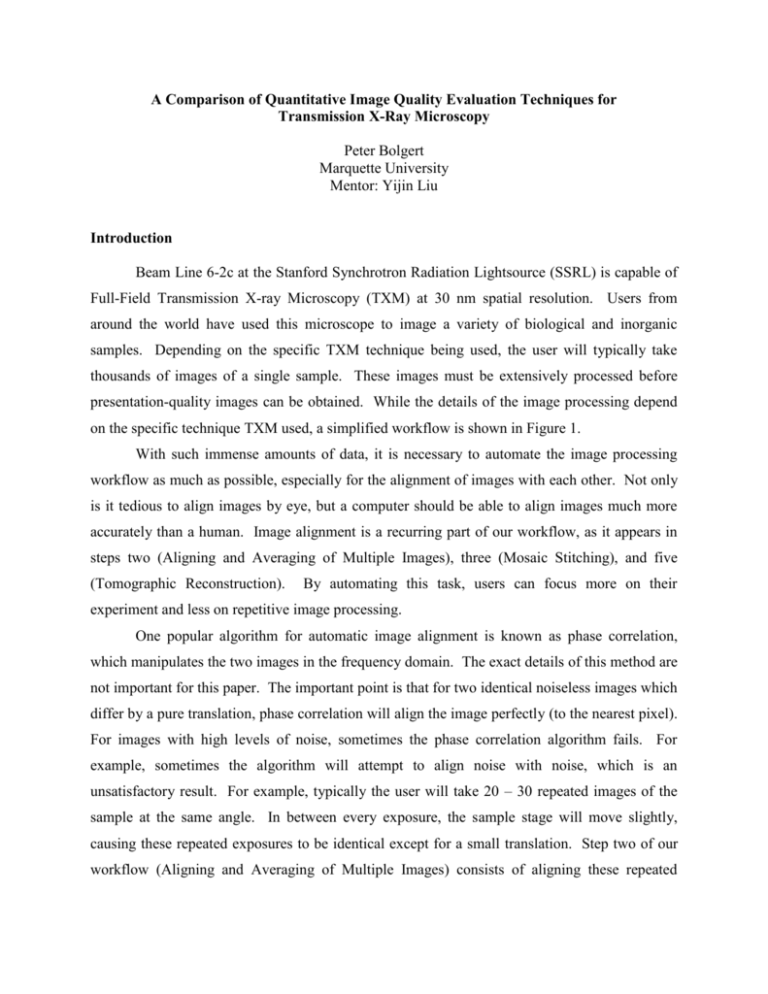
A Comparison of Quantitative Image Quality Evaluation Techniques for Transmission X-Ray Microscopy Peter Bolgert Marquette University Mentor: Yijin Liu Introduction Beam Line 6-2c at the Stanford Synchrotron Radiation Lightsource (SSRL) is capable of Full-Field Transmission X-ray Microscopy (TXM) at 30 nm spatial resolution. Users from around the world have used this microscope to image a variety of biological and inorganic samples. Depending on the specific TXM technique being used, the user will typically take thousands of images of a single sample. These images must be extensively processed before presentation-quality images can be obtained. While the details of the image processing depend on the specific technique TXM used, a simplified workflow is shown in Figure 1. With such immense amounts of data, it is necessary to automate the image processing workflow as much as possible, especially for the alignment of images with each other. Not only is it tedious to align images by eye, but a computer should be able to align images much more accurately than a human. Image alignment is a recurring part of our workflow, as it appears in steps two (Aligning and Averaging of Multiple Images), three (Mosaic Stitching), and five (Tomographic Reconstruction). By automating this task, users can focus more on their experiment and less on repetitive image processing. One popular algorithm for automatic image alignment is known as phase correlation, which manipulates the two images in the frequency domain. The exact details of this method are not important for this paper. The important point is that for two identical noiseless images which differ by a pure translation, phase correlation will align the image perfectly (to the nearest pixel). For images with high levels of noise, sometimes the phase correlation algorithm fails. For example, sometimes the algorithm will attempt to align noise with noise, which is an unsatisfactory result. For example, typically the user will take 20 – 30 repeated images of the sample at the same angle. In between every exposure, the sample stage will move slightly, causing these repeated exposures to be identical except for a small translation. Step two of our workflow (Aligning and Averaging of Multiple Images) consists of aligning these repeated images and then taking the average, which increases the signal-to-noise ratio. If the phase correlation algorithm aligns noise with noise, the resulting average will be blurred. To remedy this problem (especially in images with a lot of high frequency noise), it is helpful to slightly blur the images before attempting to align them. This will mask the noise while keeping the important large scale features intact, which improves the alignment. This blurring process requires manual user input and slows down the workflow. In order to make the process fully automatic we need an algorithm to evaluate image quality. If the averaged image is not sharp enough, the algorithm should adjust the blurring so that the alignment is optimized. All of this should occur without any input from the user. In this paper, we will apply 3? (not sure how many yet) image sharpness algorithms to both real and artificial images in an attempt to more fully automate our image processing workflow. Materials and Methods (since I started my project 3 weeks late, I do not have much to write in this section yet) Figure 1: Image Processing Work Flow



